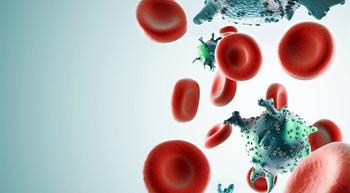I read with interest a recent article in The New York Times that exposed examples of errors in the administration of radiation therapy to patients at numerous facilities (As Technology Surges, Radiation Safeguards Lag). The stories on an individual level raised sadness, sorrow, and anger at the consequences of over-radiation, but also raised a more general concern about the lack of quality controls and reporting of errors or complications in the medical system in general. It turns out that the procedures and the laws in this area are inadequate--they do not, in many cases, require that a system be in place or even that errors be reported. This coupled with overworked and undertrained staff as well as a lack of oversight has exposed areas of weakness in the system. Even though this led to quick changes in the institutions where these events occurred, many centers are vulnerable to rare but potentially serious mistakes.When I look at this from a patient's perspective, it appears to add yet another concern to the many worries that are already on the patient's horizon regarding the diagnosis and treatment plan. I believe that most centers have good quality-control systems, but most of them are home-made and specific to that one facility, so it is nearly impossible for a patient to "grade" a center. There are some plans by different societies and organizations to establish the definitions of good care, but very few actually detail the systems that should be implemented to make sure these plans are followed correctly. For example, in many centers, chemotherapy orders are reviewed independently by a pharmacist to make sure the drug, the dose, and the route of administration are all within the accepted norms. This is again rechecked by an experienced oncology nurse, at the time of administration who then documents the details. Finally, a periodic chart review should ensure that documentation and follow-up of patients reveals no problems. Inspections of the chemotherapy storage and mixing areas are also required periodically. This common sense set of procedures is rather typical, although I would guess that the thoroughness of this process varies considerably.In general, a formalized set of independent checks and balances for all procedures should be in place. This should be aided by automated technology but ultimately overseen by a human being with a clear line of accountability. There are many ways to accomplish this general scheme and each center needs a written protocol for this. All physicians and staff need to feel free to report deviations from this plan, problems or errors in confidence; therefore, whistleblowers need to be protected. Investigations to such concerns must be done independently and swiftly, with a final report made to the proper authorities (hospital and governmental) and, of course, the patient needs to notified.So perhaps the next time you see your cancer specialist, you can innocently ask how their center undertakes the mission of quality control.
